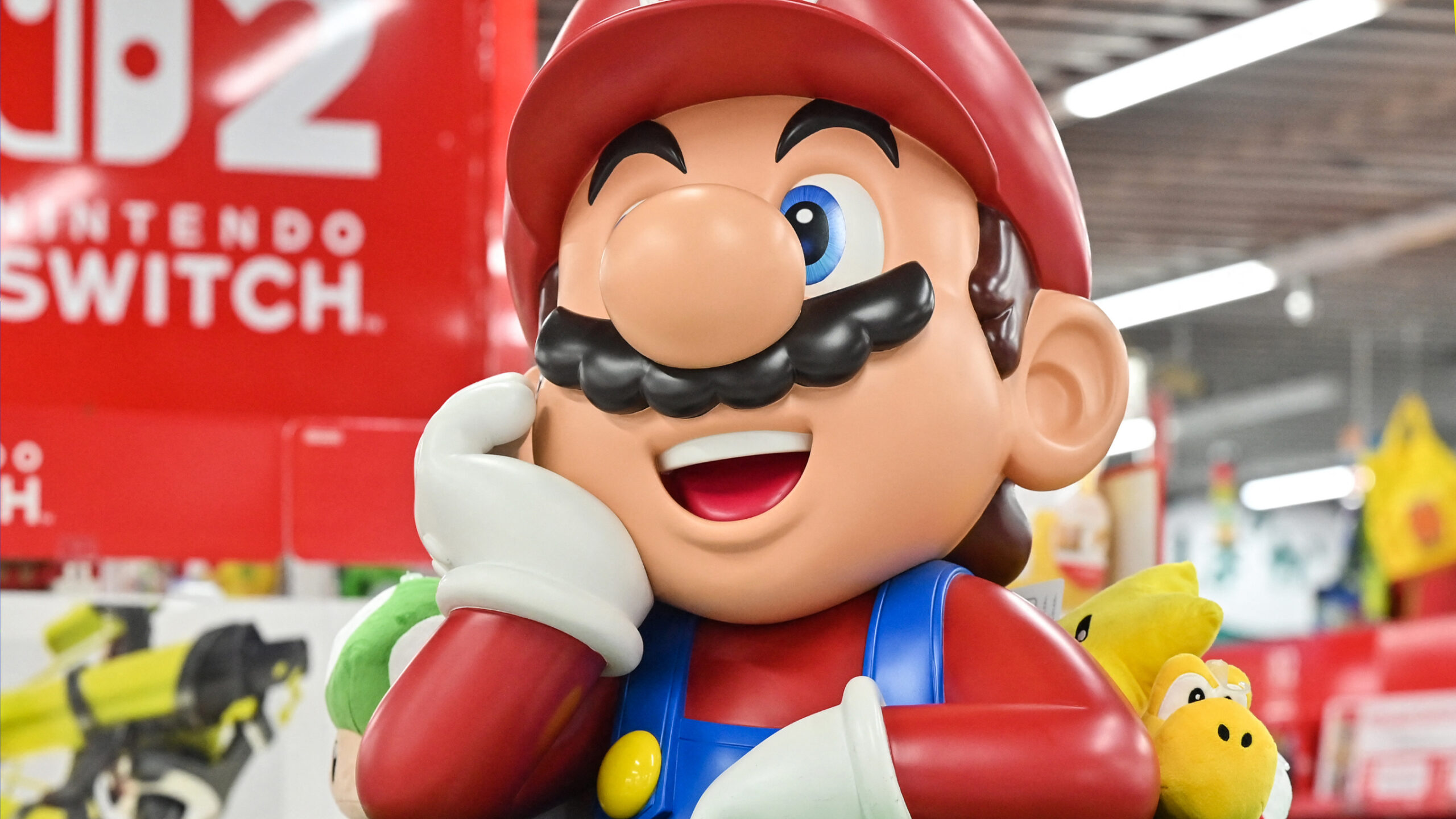The Nintendo Switch 2 has officially landed, and its immediate success isn’t just about cutting-edge hardware; it’s a testament to Nintendo’s enduring philosophy. Unlike its competitors, Nintendo has consistently viewed itself as a “toy company” at heart, a unique perspective that profoundly shapes its product design and business strategy. This core identity, focused on fun, accessibility, and shared experiences, is the secret sauce behind the Switch 2’s record-breaking launch and its projected market dominance.
The “Toy Company” Philosophy in Action with Switch 2
Nintendo’s commitment to its “toy company” ethos is evident in every facet of the Nintendo Switch 2. From its intuitive design to its emphasis on social play, the console is crafted to be a source of joy and connection for all ages. This approach prioritizes innovative gameplay mechanics and user experience over raw graphical power, a strategy that has consistently set Nintendo apart.
- Unprecedented Launch Success: The Switch 2 shattered records, selling over 3.5 million units in its first four days alone. This incredible demand was fueled by a dedicated existing user base and the sheer excitement surrounding Nintendo’s next-generation offering.
- Designed for Connection: Features like enhanced portability and the new GameChat functionality underscore Nintendo’s focus on social interaction. The Switch 2 encourages players to connect, whether through local multiplayer or online experiences, fostering a sense of community.
- Bundles and Accessibility: The availability of attractive bundles, such as the Switch 2 with digital copies of games like “Mario Kart World,” makes the console immediately appealing and accessible to a wide audience from day one.
Strategic Software and Market Positioning
The success of any console hinges on its software library, and the Nintendo Switch 2 is no exception. Nintendo’s strategy includes a robust pipeline of exclusive titles designed to maximize engagement and leverage the console’s unique capabilities.
Anticipated software sales are staggering, with projections of over $2 billion in 2025 alone, potentially soaring to $7-8 billion within the next two years. This is driven by highly anticipated exclusives like the open-world “Mario Kart World,” allowing up to 24 simultaneous players, and the innovative 3D platformer “Donkey Kong Bananza,” set to launch in July 2025. These titles exemplify Nintendo’s dedication to creating unique, fun-first gaming experiences.
In terms of market positioning, the Switch 2 is poised to significantly expand Nintendo’s hardware market share, with forecasts suggesting it could reach nearly 50% by 2027. This strategic move capitalizes on the current gap between console generations from competitors like Sony and Microsoft, allowing Nintendo to solidify its unique niche as the ultimate hybrid gaming device.
Sustainable Growth and Future Outlook
While initial sales projections for the Switch 2 (13 million units in 2025, 104 million by 2030) might seem slightly lower than the original Switch’s phenomenal run, Nintendo’s strategy emphasizes sustainable growth and user retention. The focus is on building a loyal community through consistent content updates, engaging online services, and a steady stream of high-quality, family-friendly titles.
The Nintendo Switch 2 is more than just a gaming console; it’s a continuation of Nintendo’s legacy as a purveyor of joy and shared experiences. By staying true to its “toy company” roots, Nintendo has once again delivered a device that resonates deeply with players worldwide, ensuring its continued dominance in the ever-evolving landscape of interactive entertainment.
Source:
